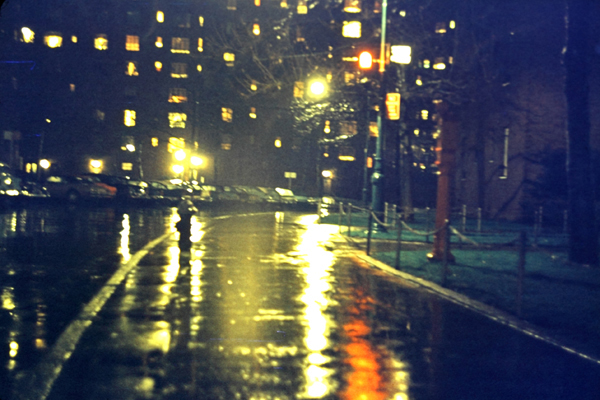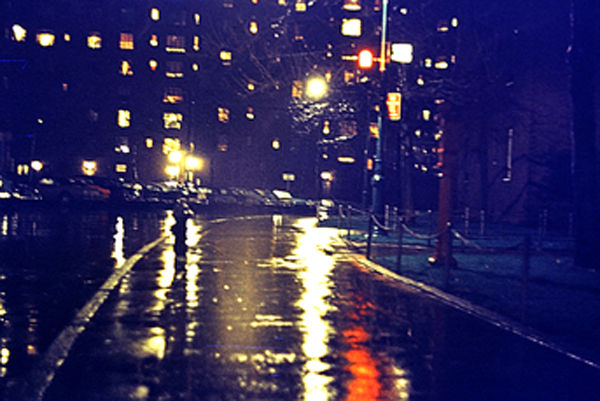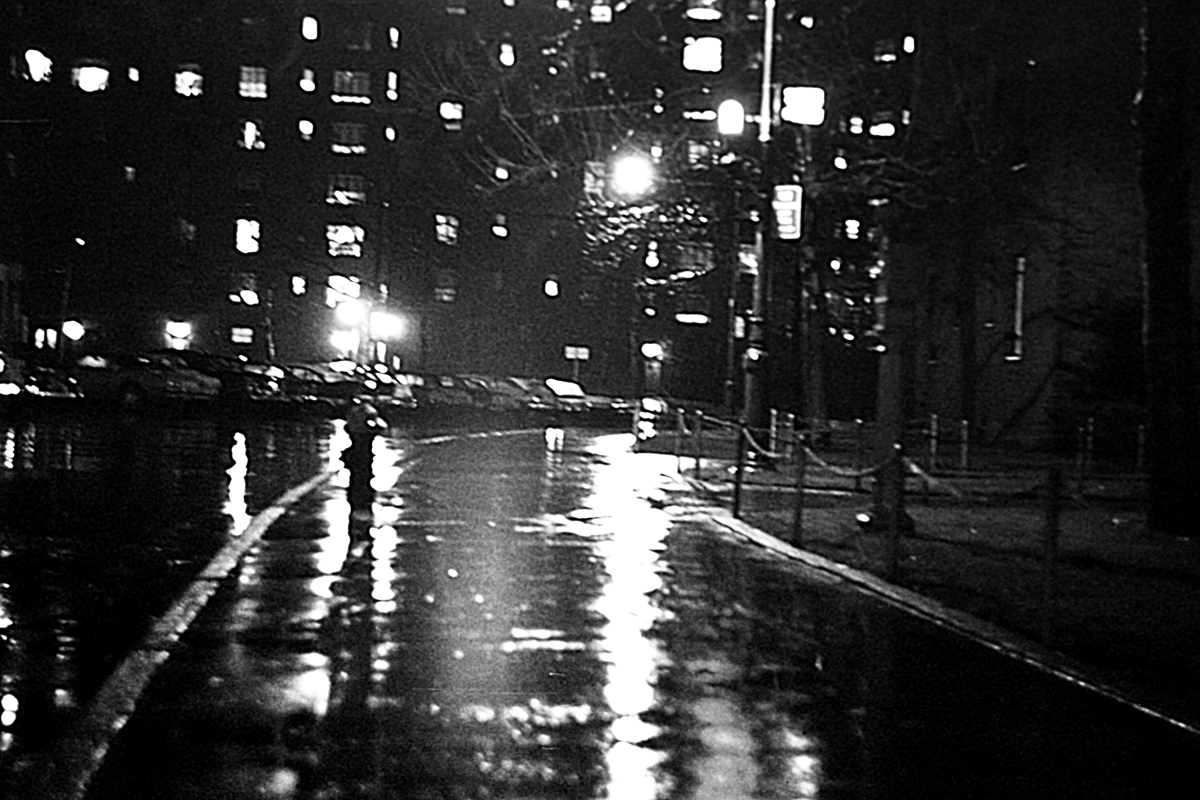While working on my slide collection digitization project, I came across some classic examples of color film reciprocity failure. This is not a problem with modern digital photography, but something one should be aware about, otherwise it will surprise you when it crops up..
For starters, let’s consider the concept of reciprocity. Reciprocity refers to the simplification that the response of silver halide is a function of the total exposure. As a result, you should be able to achieve the same density of silver grains by exposing to a fixed total amount of light. This fixed amount is equal to the exposure time multiplied by the light intensity. The idea is that the same density is achieved, say, intensity I in one second and with half the intensity or I/2 in two seconds. Film does not strictly respond in this way. At extremely low light levels this is not strictly true – hence what is known as reciprocity failure. At low levels of

Figure 1 – Uncorrected digitized Ektachrome image of a wet street at night in NYC, illustrating reciprocity failure. (c) DE Wolf 2013.
light the film responds much more slowly so you need a longer exposure to get the same density on your negative. For color films things become more problematic as each of the three color layers respond differently to low light level. In general, with slide films green is more responsive than yellow; so the image slips into a greenish tinge.
This can easily be seen in Figure 1, a digitization of an Ektachrome transparency, taken around 1970, of a New York City Street on a rainy night. The image has clearly, shifted towards the green. You’ve got to decide whether or not you find this aesthetically pleasing. Of course, once you’ve got the slide digitized it is a simple matter to adjust the color back to normal, which I have done in Figure 3. So you can decided which image you like better: uncorrected Figure 1 or corrected Figure 2.
I showed this image to several colleagues, and it was unanimously decided that, in fact, the image looked better as a black and white. This is presented below as Figure 3, and speaks to the power of black and white photography to create mood.



Pingback: New York City – aerial views at night